glitterata
Ideal_Rock
- Joined
- Apr 17, 2002
- Messages
- 4,734
About a decade ago I bought an antique sapphire ring on eBay. I didn't pay much for it. It has a cabochon sapphire about 6mm in diameter set in a halo of itty bitty rose-cut diamonds. It's unmarked and I didn't test it, but it appears to be made of yellow gold. The sapphire is sort of denim blue and translucent, with some big feathers and lots of stuff in the murk. I'm guessing the ring is from the third quarter of the 19th century, though who really knows. I assumed the sapphire was natural because the color and clarity aren't good enough to be synthetic, and besides, they hadn't yet invented synthetics at the time when this ring appears to have been made. Obviously it's not a jewel of fabled rarity and workmanship, but I like it. It has a lot of charm.
A couple of years ago I bought a cheap little microscope recommended by a fellow member of a silver collectors forum. The other day I was playing with it and used it to look at the sapphire.
Can any of you knowledgeable folks tell me what these inclusions are, and what they mean?
Here's my microscope setup. In these photos (and some of the micrographs) I have the ring angled to the side. In other micrographs I'm looking down through the top of the stone (and in some it's in a different ring box). The microscope has a circle of LEDs surrounding the lens, which reflect in the sapphire.
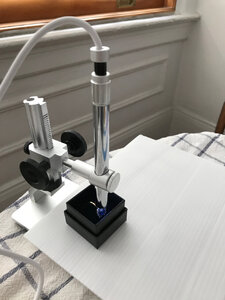
Here are some shots of the ring on my hand in various lighting.
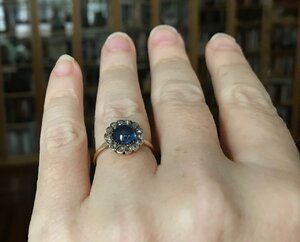
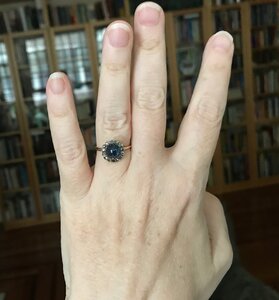
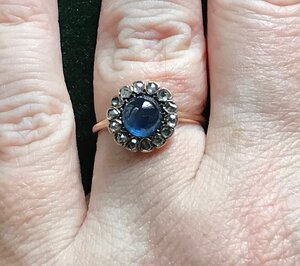
View attachment 773430
Here's the microscope pointing down at the sapphire at various distances. In the first photo I have the microscope's LED lights off and you can see the sapphire's dome reflecting the microscope, the window, and the room I'm in. In the next photos the LED lights are on and you can see how they reflect on the top of the sapphire.
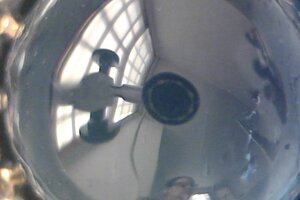
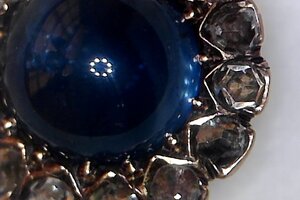
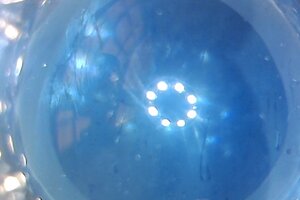
And here are some microscopic views of the sapphire's interior. The round white circles are the reflections of the LEDs, of course.
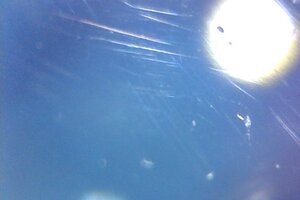
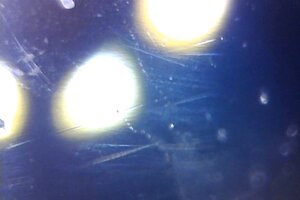
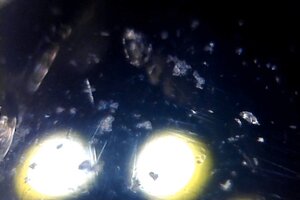
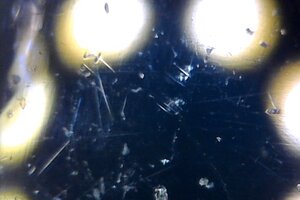
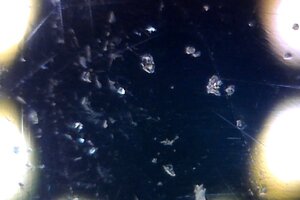
What are the lines? What are the crystals? Do you see evidence of heat? Of other treatment? Of the sapphire's origin? I know it's not a valuable stone--I'm just generally curious about what I'm looking at here.
A couple of years ago I bought a cheap little microscope recommended by a fellow member of a silver collectors forum. The other day I was playing with it and used it to look at the sapphire.
Can any of you knowledgeable folks tell me what these inclusions are, and what they mean?
Here's my microscope setup. In these photos (and some of the micrographs) I have the ring angled to the side. In other micrographs I'm looking down through the top of the stone (and in some it's in a different ring box). The microscope has a circle of LEDs surrounding the lens, which reflect in the sapphire.

Here are some shots of the ring on my hand in various lighting.



View attachment 773430
Here's the microscope pointing down at the sapphire at various distances. In the first photo I have the microscope's LED lights off and you can see the sapphire's dome reflecting the microscope, the window, and the room I'm in. In the next photos the LED lights are on and you can see how they reflect on the top of the sapphire.



And here are some microscopic views of the sapphire's interior. The round white circles are the reflections of the LEDs, of course.





What are the lines? What are the crystals? Do you see evidence of heat? Of other treatment? Of the sapphire's origin? I know it's not a valuable stone--I'm just generally curious about what I'm looking at here.








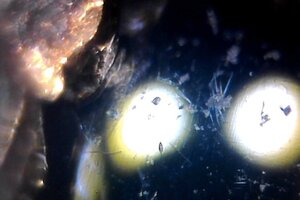
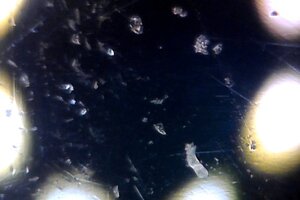
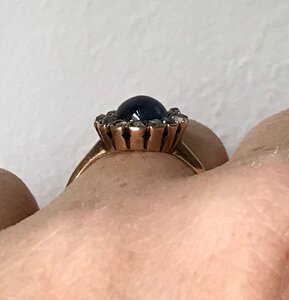


300x240.png)